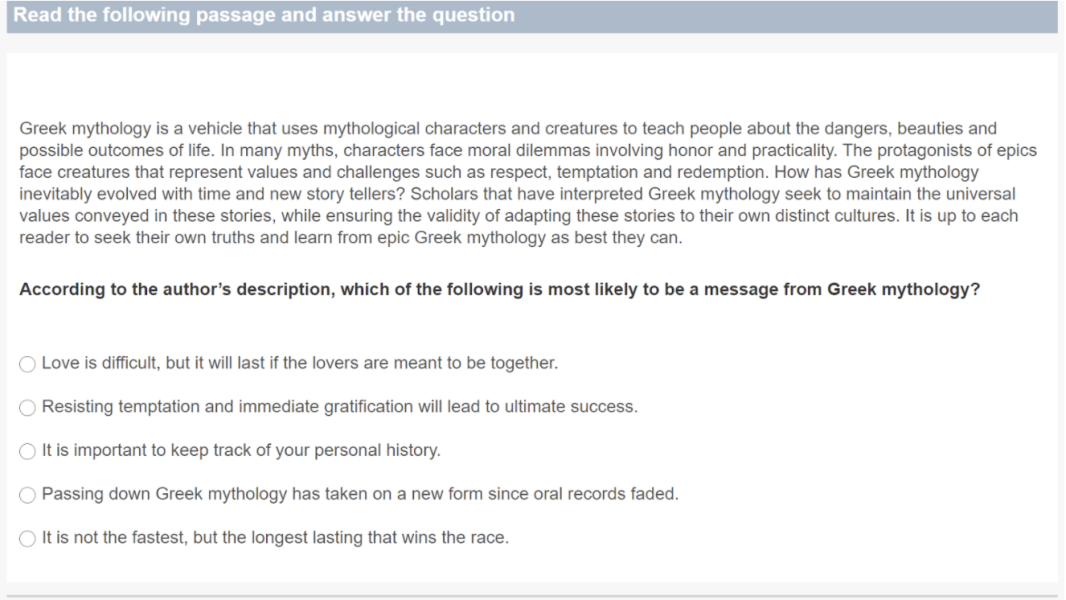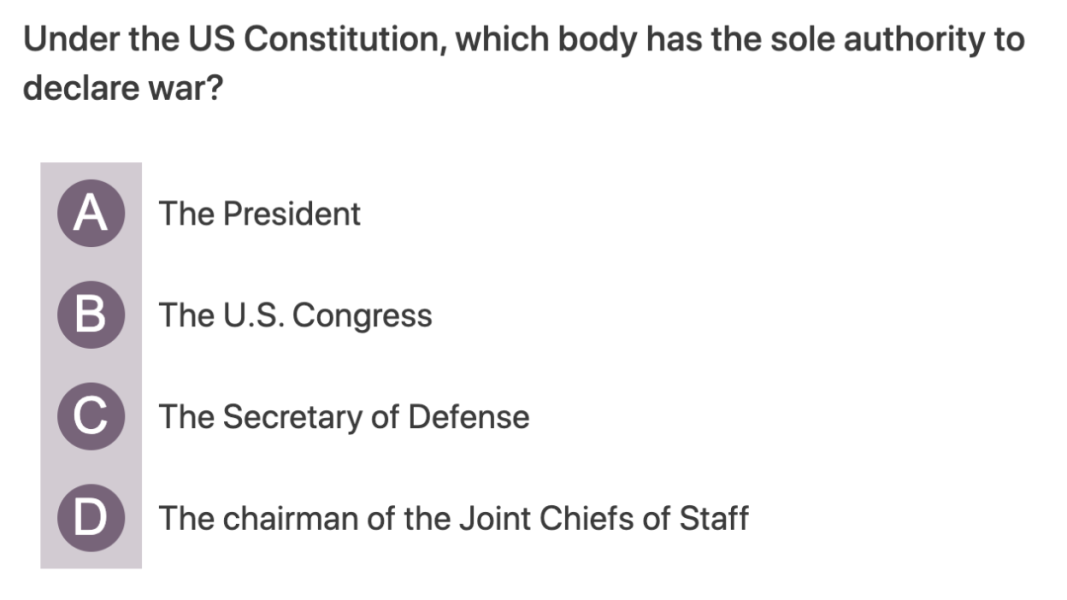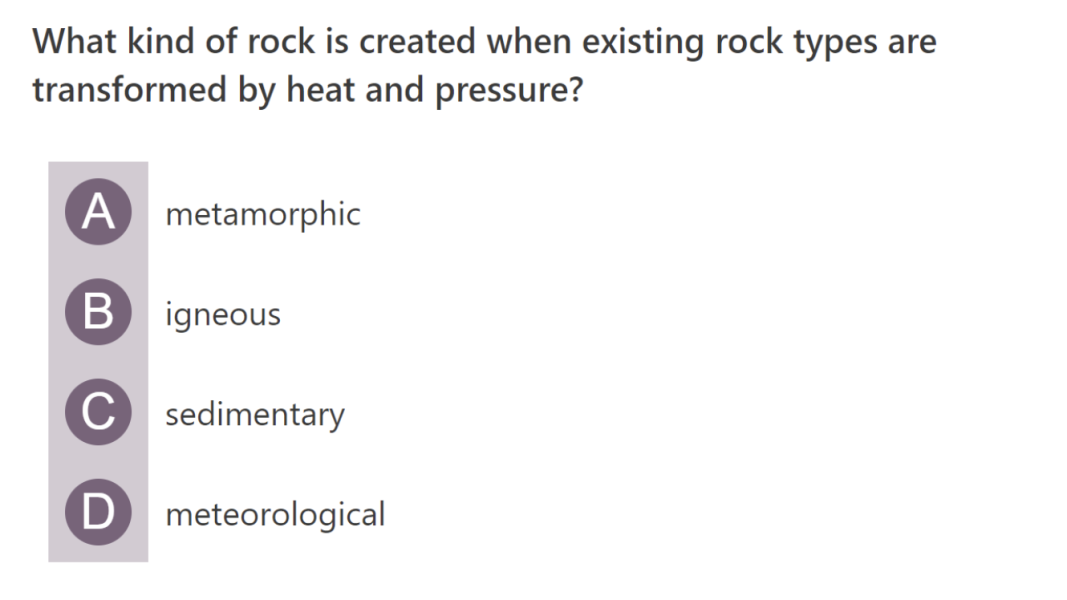What is a TASC test?
TASC is most commonly taken by those who have dropped out of high school before getting a diploma, but decided further down the line to complete their education and boost their employability prospects.
You must be aged 16 or over to take the TASC and not enrolled in a high school. If you already have a high school diploma, then you aren’t eligible to take the TASC tests.
The purpose of the TASC is to help those who didn’t finish high school to show they have the equivalent skills across reading, writing, social studies, science and math to that of a high school senior. As a result, the test is regularly updated to ensure it’s closely aligned with the current high school curriculum.
Although there is a fee to take the test, many local governments will help to cover the cost.
TASC is currently offered in the following 13 States:
- California
- Colorado
- Indiana
- Michigan
- Mississippi
- Nevada
- New Jersey
- New York
- North Carolina
- Oklahoma
- South California
- Texas
- West Virginia
Many of the states have replaced the GED (General Education Development) Certificate with TASC as it’s a cost-effective alternative, and is considered to be more flexible and accessible.
In 2015, the TASC was updated to become more challenging and include a wider variety of question formats including fill-in-the-blanks, drag and drop (online), multiple select answers (multiple choice but with more than one possible correct answer) and constructed responses.
As of 2015, passing the TASC also became more difficult. You must now score at the same level as the top 40% of graduating high school students.
Once you’ve completed the TASC you can expect your results within eight to ten weeks. If you pass, you’ll be awarded a high school equivalency diploma.
What skills do TASC tests assess?
TASC tests are designed to assess your skills in five key academic areas: reading, writing, social studies, science and math, to ensure you can demonstrate a broad understanding of the high school curriculum.
Each section will have a slightly different marking criteria, but it’s important to remember you need to score well across the board – not just in one or two subjects.
Practicing TASC papers before taking the one that counts is the best way you can prepare.
Spend more time on areas that feel particularly challenging, and make sure you take mock tests in exam-style conditions to get used to the time pressure.
Reading
The reading part of the test will cover poems, drama, non-fiction and fiction.
To pass the reading section, candidates will need to demonstrate an ability to think critically and analyse the subtext and deeper meaning in the passages they’re reading. You’ll also need to be able to identify literary devices, display an understanding of larger themes and metaphors that contribute to an overall message, and show that you can follow and comment on the development of plot, characters and ideas.
You’ll have around 75 minutes to complete the 50 questions on the reading section. Most of the questions will be multiple choice, but there will also be a constructed response question.
Have a go at this example reading question to see how you get on:
Credit: Test-Guide
The answer is 2) Resisting temptation.
Writing
The writing section consists of 50 multiple-choice questions as well as a short essay-style question.
The essay question will require a bit more time and effort, since you’ll need to show you can put your understanding of writing principles into practice.
It’s important to read the essay question through carefully and make sure you understand what’s being asked of you. To do well on this part of the test, you’ll need to write clearly and correctly, provide a compelling argument, finish with a strong and conclusive statement and show you’ve thought about the construction of every sentence and paragraph.
The main purpose of this section is to test your understanding of how to write. The questions will cover everything from grammar, spelling and sentence structure, to paragraphs and tenses.
Here is an example of the type of question you may encounter on the test:
Which homophone is correct?
- I’m going too draw his picture
- I’m going to draw his picture
- I’m going two draw his picture
The answer is 2).
Overall, you’re expected to be able to demonstrate the writing principles that are taught in grades seven to 12.
Social Studies
The social studies part of the test covers history, geography and economics.
The scoring of this part of the test is as follows:
25% will be attributed to your US history knowledge. The main topics covered, and therefore those that should be studied, are: colonialism, the Civil War, the First and Second World Wars (and the periods after the wars), and the Great Depression.
A further 25% will be drawn from your understanding of the US government, its structure and your rights as a citizen.
20% will be your economic understanding.
15% is taken from your geographical knowledge.
And finally, the last 15% is world history.
Overall you’re being tested on your general knowledge across these topics, but you’ll also be expected to showcase critical analysis on a few of the more probing and challenging questions.
You’ll need to demonstrate good comprehension skills and an ability to determine what’s fact and what’s merely inference in a passage of text or detailed question.
Here is an example of a shorter question that you may encounter on the social studies part of the test:
Credit: TASC Practice Test
The answer is B).
Science
The science test has 48 or 49 multiple-choice questions covering these key topics:
Life sciences : questions will be focused on organisms, molecules and more.
Earth sciences : these questions cover human activity and the universe as a whole.
Space sciences : matter, motion, force and energy are some of the subject matters covered.
Although most of the test will be made up of short multiple-choice style questions, you can also expect a more in-depth passage to read on a specific subject matter with accompanying questions.
To answer the questions well, you’ll need to exercise your comprehension and writing skills, your specific scientific knowledge, and your ability to interpret scientific data.
Data is most often presented in graphs, tables, maps, figures or charts, so it’s certainly worth brushing up on your understanding of these, as well as the general scientific principles mentioned.
As with all aspects of the test, practice is key. Try this sample question to see how you get on before embarking on a full past paper:
Credit: TASC Practice Test
The answer is A).
Math
Despite being permitted to use a calculator for the first half of the math section of the TASC, it’s important to prepare for what you’ll be tested on by practicing past papers and brushing up on your general skills.
Topics covered tend to include algebra, number, quantity, functions, geometry, statistics and probability.
This is an example of the type of geometry question you’re likely to see on the test. What type of triangle has three sides of the same length at the same angles?
- Isoceles
- Right-angled triangle
- Equilateral
- Scalene
The answer is c).
The first part of the test consists of multiple-choice questions. As well as a calculator, you’ll be able to refer to a helpful formula sheet that gives pointers on how to solve many of the problems in front of you.
The second part of the test includes fill-in-the-blank questions.
With no choice of answers to work from and no calculator allowed, this part of the test is regarded as more challenging. However you’ll still be permitted to use the formula sheet, and if you’ve practiced beforehand you’ll stand yourself in much better stead.












